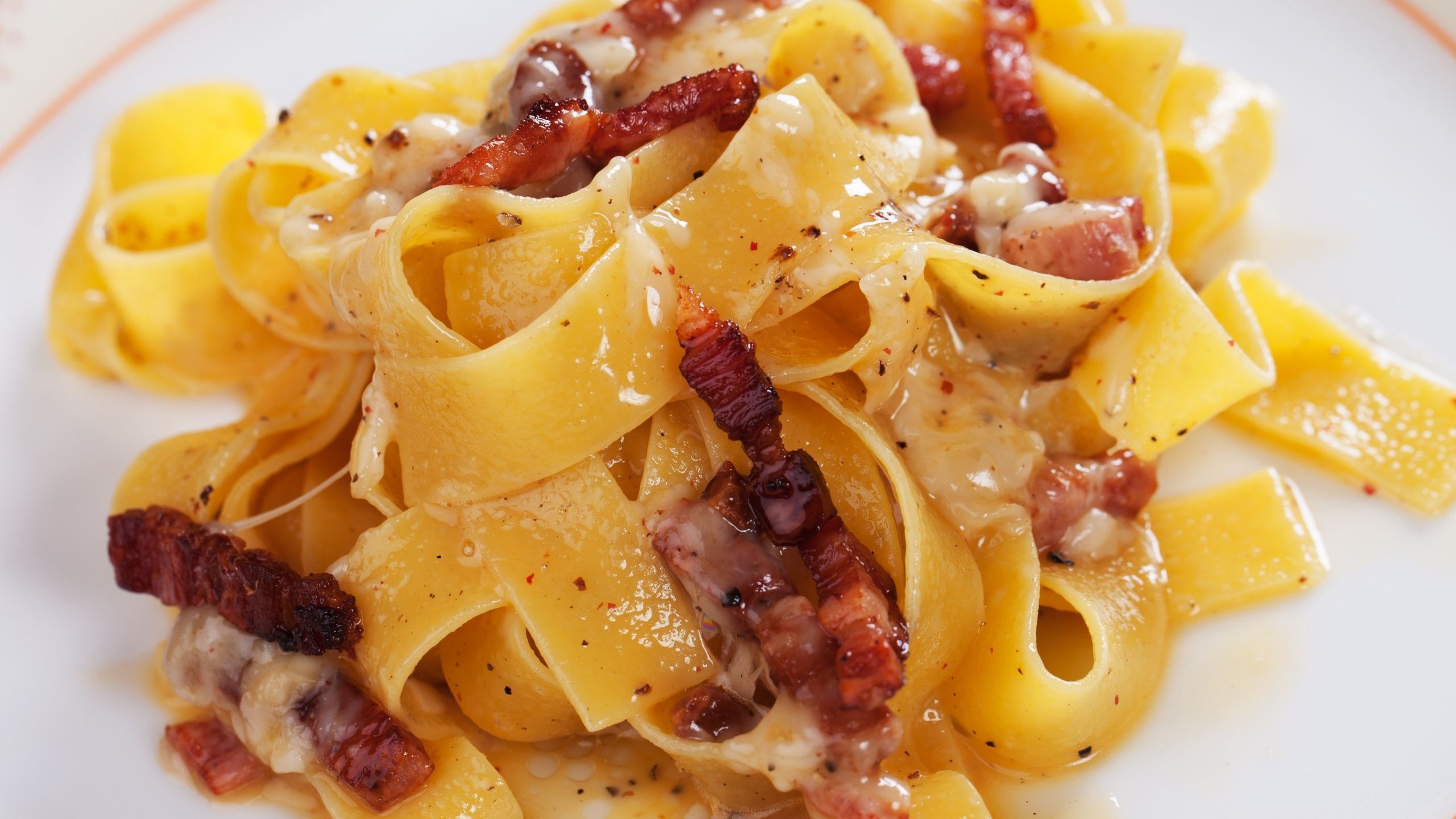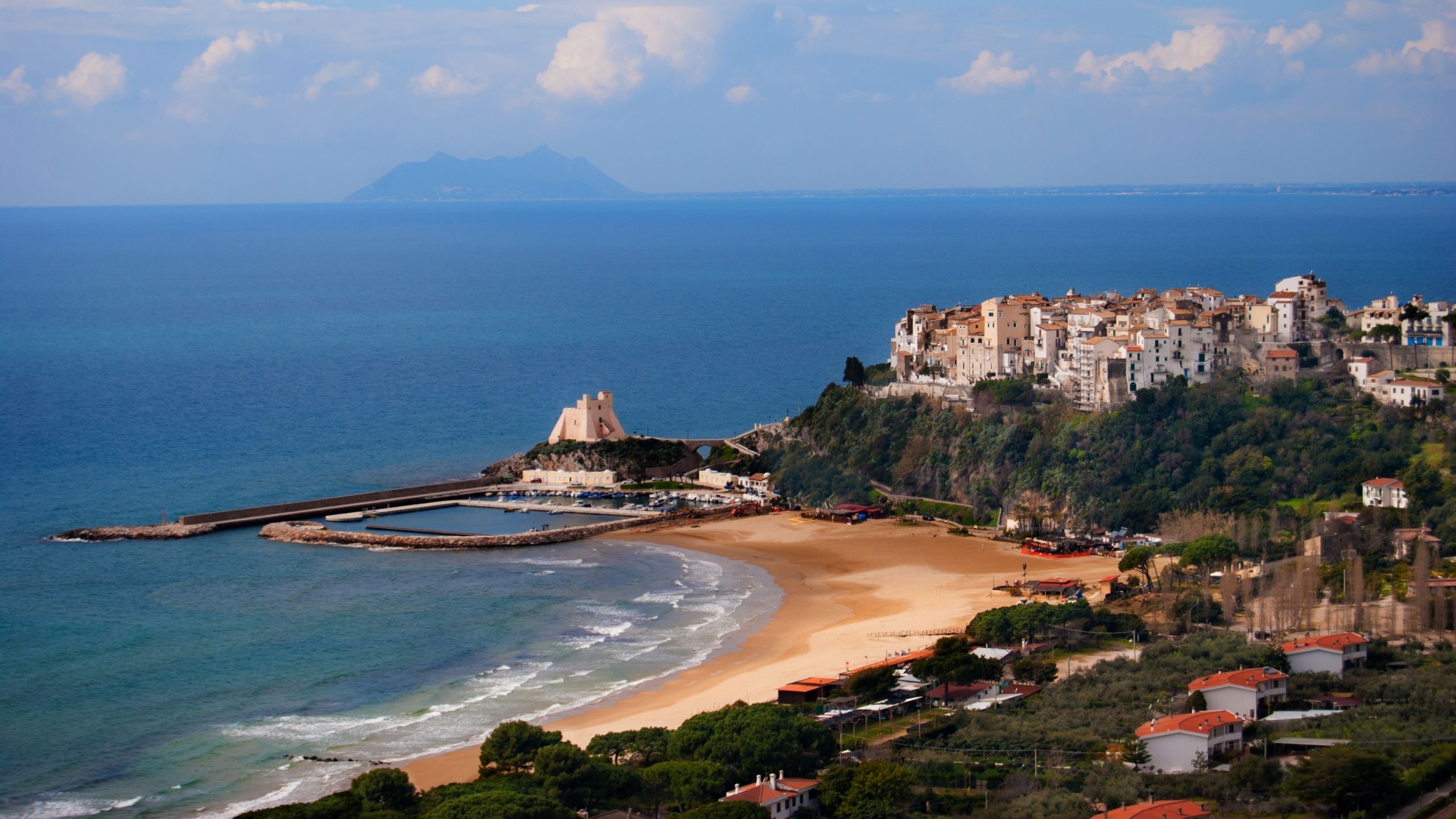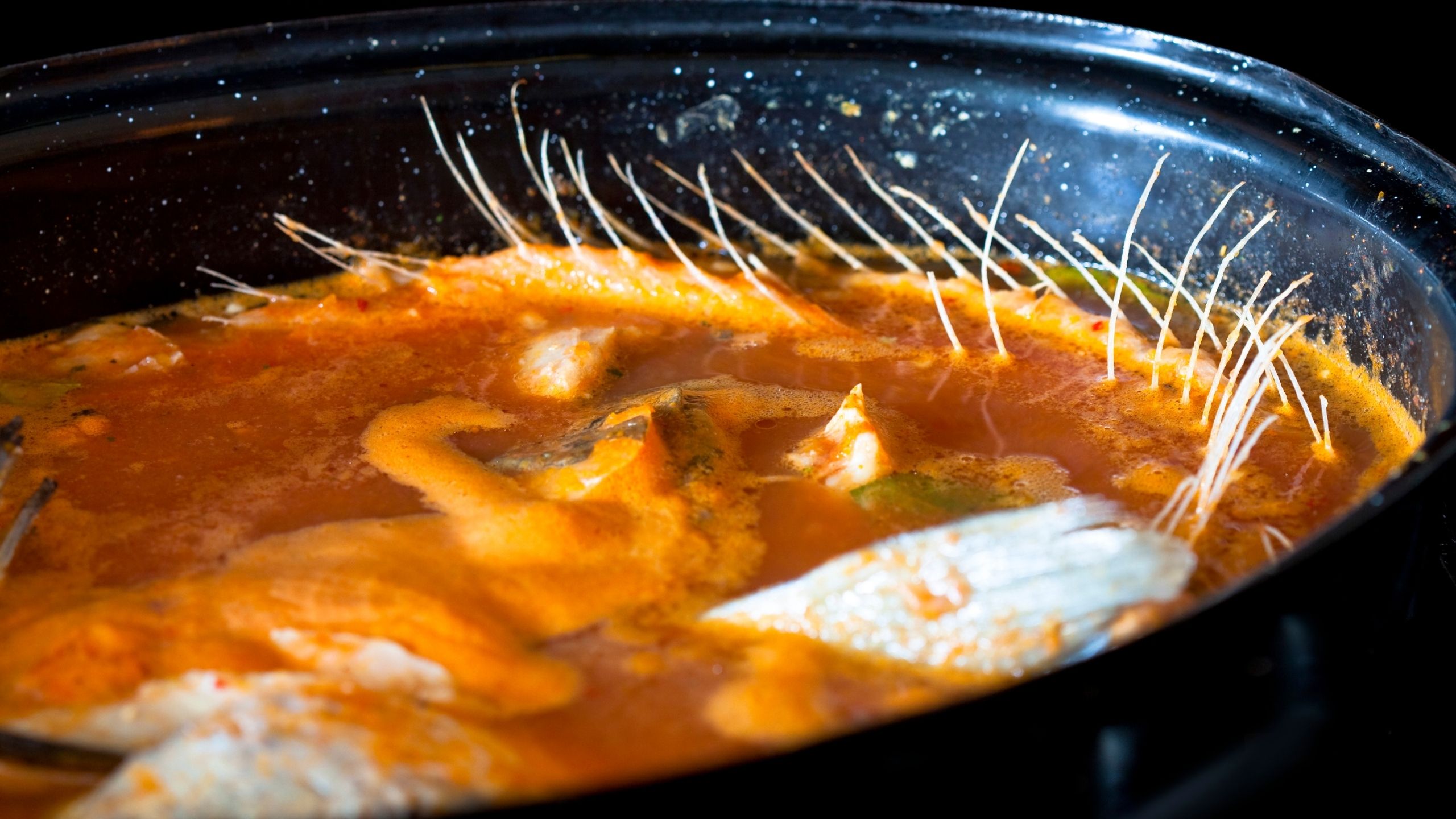Ariccia, the village of fraschette and ... porchetta!
On the slopes of Monte Cavo, framed by woods, there is one of the most beautiful towns of the Castelli Romani: Ariccia.
This inhabited center is surrounded by green volcanic hills colored by dense vegetation that also preserves remains of the Roman civilization. Destination for Sunday trips, Ariccia has always attracted many visitors due to its charm and the union between nature and history.
What to see in Ariccia
Although not comparable to the immensity of Rome, Ariccia also has to offer the visitor numerous architectural works of considerable beauty. The Monumental Bridge certainly represents one of the most impressive and most interesting creations.
Dated back to 1853, this bridge was built during the pontificate of Pius IX and for the time it presented itself as an extremely innovative engineering work: about sixty meters high, it is spread over three orders of different superimposed arches and extends for about three hundred meters to connect to the tuff spur where Ariccia is located. It seems undeniable that this bridge is inspired by the architecture of Roman aqueducts, given its so classic shapes and the pillars topped by the cornice.
Over the course of history, the integrity of the bridge has been put at risk, especially in 1944 by the Germans, but the constant reconstructions have allowed this architectural work to reach the present day.
Palazzo Chigi is another of the most important and artistically relevant buildings in Ariccia: located in the Piazza di Corte, it was designed by the very famous Bernini and despite the passage of time the interiors still retain their original furnishings. Everything is traced back to the seventeenth century and within the walls it is also possible to admire neoclassical frescoes, sculptures and various paintings. This building stands as an example of a Baroque residence inserted in a simple city context.
A curiosity about the building is that, probably due to its characteristics, it was chosen to set the Gattopardo, shooting many interior scenes.
Bernini, in addition to this incredible structure, wanted to give Ariccia another work in the same square, for which he built the Collegiata Maria SS. In Cielo; it will be enough to admire it for a few seconds to immediately see a resemblance to the Pantheon in Rome, a work by which the sculptor was inspired.
The Parco Chigi which rises near the homonymous palace was not completely designed by Bernini but is still of great importance for the inhabitants and the artistic panorama of the city.
The park, owned by the municipality, is located within the protected area of the Castelli Romani Regional Park: here it is possible to admire ancient oak trees and numerous other plants characteristic of the area.
This park extends for about 28 hectares where you can rediscover numerous archaeological finds, the fauna and flora of the place, ancient artifacts and fountains dating back to past centuries. Due to its beauty it has been reproduced in various paintings by famous artists and quoted in literary works by great writers such as D'Annunzio and Goethe. The most important works, from an artistic point of view, present inside are the Birdhouse built by the Savellis in the seventeenth century and the monument of the owner of the Moesia.
Previously mentioned for the works inside, Piazza di Corte, for those arriving mainly from the Albano Laziale side, represents the first artistic work that can be admired upon entering the town.
Made by Bernini, who inserted two of his most important works in it, this square is also known for its splendid double basin fountain, also built by the famous artist. 
Peculiarity of Ariccia
Once the tour of the most important works is finished, you can contemplate the idea of giving yourself a walk through the streets of the city. Going towards Monte Cavo you will find another of the attractions of the place in the haunted climb.
This stretch of road gives life to a strange optical illusion as you will feel like you are going down a descent which is actually a climb. Many are amazed by this phenomenon which continues to confuse even its inhabitants.
At the end of the visit, however, you cannot leave the town without having tasted its famous porchetta in one of the various "fraschette".These are mainly present in Via Strada Nuova or Via dell'Uccelliera and can easily be reached on foot from anywhere in the town.
The fraschette are nothing more than typical taverns where you can taste the delicious porchetta of the city together with good wine and local products. Lazio food and wine is famous for its goodness and offers a wide choice of fresh and aged cheeses, various types of cold cuts and first courses of Roman cuisine such as pasta all'arrabbiata or carbonara.
Ariccia therefore certainly represents an important historical and cultural center surrounded by greenery which, however, continues not to neglect the good cuisine and gastronomic traditions of its land.
What to visit near Ariccia
If, once you have finished visiting the Lazio town, there is some time left to explore its surroundings, there are some points of interest that could certainly strike you. In fact, near Ariccia there are the splendid volcanic lakes of Albano and Nemi, above which there are two beautiful towns where you can admire new architectural testimonies of the past.
A place to visit absolutely could be Rocca di Papa from which through a mysterious path you can reach the Palazzolo Caves. For those who want to rest and walk calmly, you could opt for the itinerary that passes towards the shores of Lake Albano and allows you to admire the splendid surrounding landscape.
The last tip is to visit the Convent of Palazzolo, if there is still some time left before returning home, as it really deserves it and is located in an interesting position on the edge of the lake.



